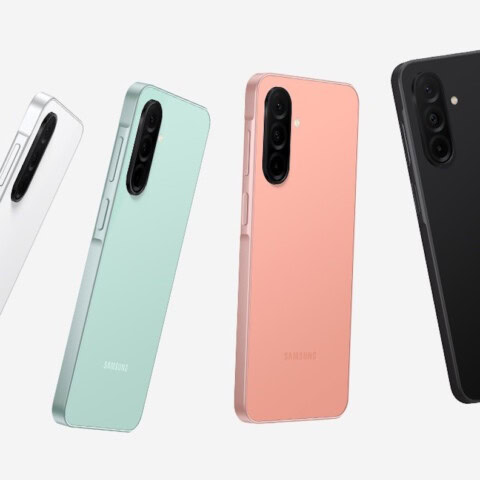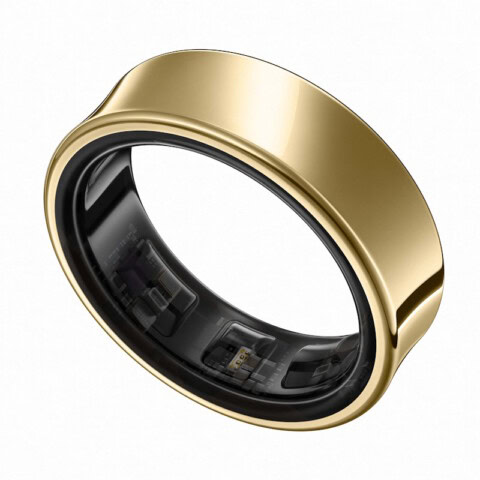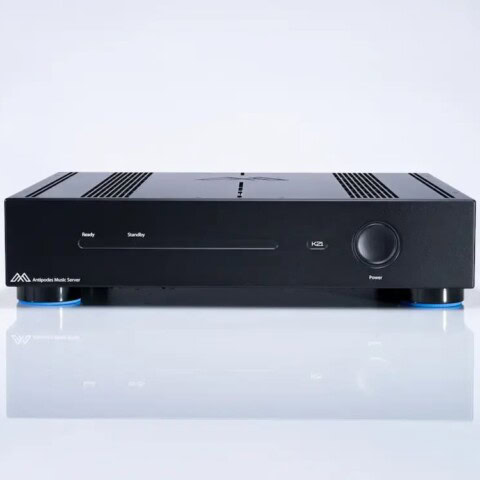Summary
Google Nest Wi-Fi Pro
Desirous of blinding-fast internet speed and no blind spots in your home? PAT PILCHER thinks Google’s new Nest Wi-Fi Pro might be the answer.
From $299
 If you’ve been following my ramblings, you probably already know that I’m a big fan of mesh wireless networks. These are a great way of providing rock-solid Wi-Fi coverage throughout your entire home (and property). The good news is that the choice of mesh Wi-Fi gear is increasing as a growing number of vendors enter the fray.
If you’ve been following my ramblings, you probably already know that I’m a big fan of mesh wireless networks. These are a great way of providing rock-solid Wi-Fi coverage throughout your entire home (and property). The good news is that the choice of mesh Wi-Fi gear is increasing as a growing number of vendors enter the fray.
Google has long had a presence in the mesh space with its Nest Wi-Fi gear and has just launched the Nest Wi-Fi Pro, which now incorporates super-fast 802.11AXE support.
Design-wise, its shape and unobtrusive white colour resemble a small dinosaur egg. Its smooth, rounded design is easy on the eye, and the complete lack of protruding antennas and garish blinking LEDS also means that it does a good job of blending into the background of most homes.
As a mesh doodah, the focus is very much on wireless, so the only cables you have to deal with are power cables and, for the master unit, an Ethernet cable to your Fibre box. While the lack of cable clutter/LEDs adds to the clean design of the Nest Wi-Fi Pro, the mesh units only have a single spare Ethernet port which – for anyone who uses a combination of wired and Wi-Fi connections – could be a problem. While the answer is as simple as buying a network switch, it’s an additional cost that could have been avoided if Google had installed three Ethernet ports as you’d typically find on most other routers.
 Wired connectivity issues aside, the headline-grabbing news with the Nest Pro Wi-Fi is its support of the Wi-Fi 6E standard (802.11AXE). Wi-Fi 6E tackles the age-old problem of Wi-Fi congestion head-on. If you live in a suburban setting, you’ve probably already worked out that all available wireless channels for the 2.4/5 GHZ Wi-Fi spectrum are already occupied by your neighbours, their neighbours and so on. This can have a huge impact on both the reliability and performance of your Wi-Fi network.
Wired connectivity issues aside, the headline-grabbing news with the Nest Pro Wi-Fi is its support of the Wi-Fi 6E standard (802.11AXE). Wi-Fi 6E tackles the age-old problem of Wi-Fi congestion head-on. If you live in a suburban setting, you’ve probably already worked out that all available wireless channels for the 2.4/5 GHZ Wi-Fi spectrum are already occupied by your neighbours, their neighbours and so on. This can have a huge impact on both the reliability and performance of your Wi-Fi network.
Wi-Fi 6E gets around this by using the far less crowded 6 GHz band. It also has a whopping 200 channels. Using the 6 GHz band also means that the coverage footprint of Wi-Fi 6E is smaller than 2.4/5 GHZ Wi-Fi. With fewer people using 6 GHz Wi-Fi, more Wi-Fi channels and a lower likelihood of Wi-Fi networks overlapping, interference and performance issues are almost guaranteed to be non-existent. The other advantage of using the 6 GHz spectrum is that it makes Wi-Fi 6E incredibly fast (but more about that later).
Fast mesh Wi-Fi might sound great, but the reality is that it is only ever going to be as good as it is easy to set up. Thankfully, this is where the Nest Wi-Fi Pro excels. After plugging in both Ethernet and power cables to the master unit, I fired up the Google Home app on my Android phone and scanned the QR code on the underside of the Nest Wi-Fi Pro.
 It took under a minute for the router to connect automatically with my ISP. (Your mileage will vary depending on whether your ISP requires a username and password, but it’s an incredibly simple and near-bomb-proof process). From there, I set up my wireless network name (SSID) and password, as well as a guest network. The total set-up time was a shade under five minutes. The real kicker here was that the entire set-up was sufficiently intuitive that even a complete non-techie could get themselves up and running with minimal grief.
It took under a minute for the router to connect automatically with my ISP. (Your mileage will vary depending on whether your ISP requires a username and password, but it’s an incredibly simple and near-bomb-proof process). From there, I set up my wireless network name (SSID) and password, as well as a guest network. The total set-up time was a shade under five minutes. The real kicker here was that the entire set-up was sufficiently intuitive that even a complete non-techie could get themselves up and running with minimal grief.
When I fired up my Galaxy Fold 4 (which handily supports Wi-Fi 6E), I was pleasantly surprised to see my Wi-Fi speeds nearly doubling at 6 GHz compared to my previous router using 5 GHz. Transferring music onto my phone and backing up photos was incredibly quick.
As for the Nest Wi-Fi Pro’s mesh capabilities, Google’s PR people only sent me one unit, and when I chased them up for additional units to test its mesh performance, I was only sent one extra unit. I need 3-4 mesh units in my largeish house to get house-wide mesh coverage. Unfortunately, this means that I’m unable to meaningfully comment on how well the Nest Wi-Fi Pro does at banishing Wi-Fi blind spots.
Adding mesh units to the Nest Wi-Fi Pro setup is dead easy, and they come in single ($299), dual ($649) or three-unit packs ($939). While the 6 GHz band connects each mesh unit, and it’s fast (especially as only a handful of devices in my home use 6 GHZ), its coverage footprint is small, meaning mesh units cannot be too far apart. The only downside with this approach is that the Nest Wi-Fi Pro won’t play nice with older Nest routers because the older units don’t support the 6 GHZ band. Owners of older Nest routers will need to spring for additional Nest Wi-Fi Pro gear to get Wi-Fi mesh coverage that is equivalent to what they already own.
Minor issues aside, the Nest Wi-Fi Pro is a super affordable way to get some Wi-Fi 6E mesh goodness going and ticks many boxes. From an elegant and uncluttered design to the sheer simplicity of setting it up (and the blistering speed increase on offer with Wi-Fi 6E), the Nest Wi-Fi Pro is a worthy wireless widget.
https://store.google.com/nz/?hl=en-GB















